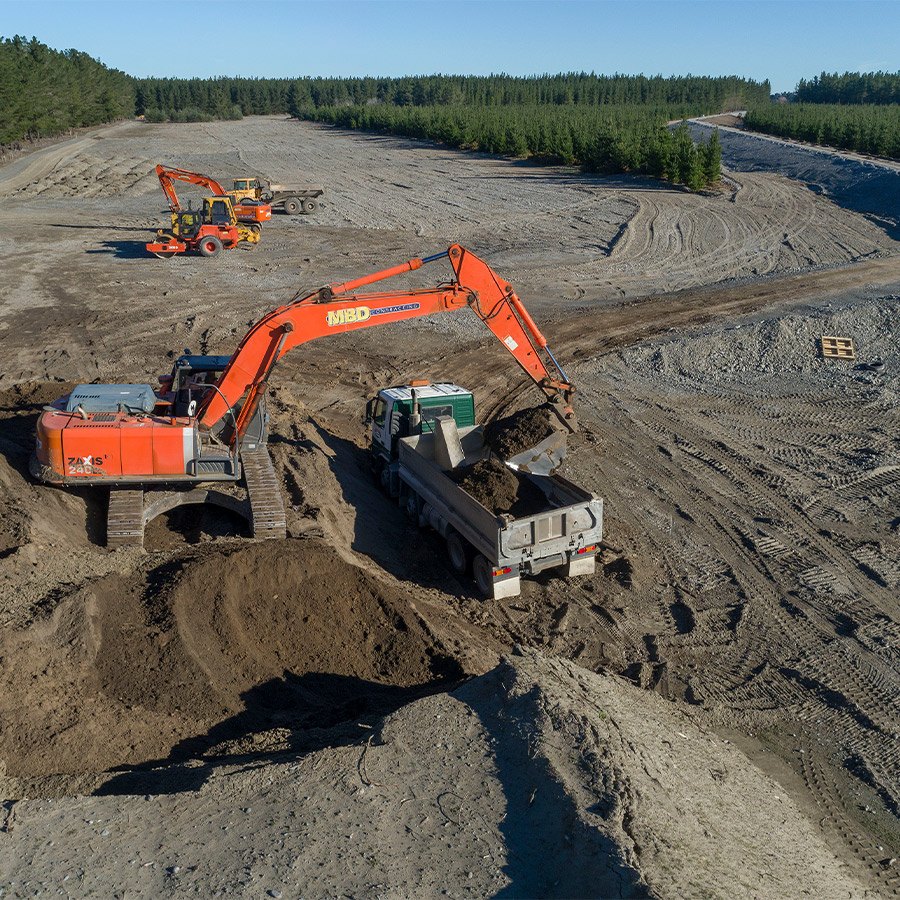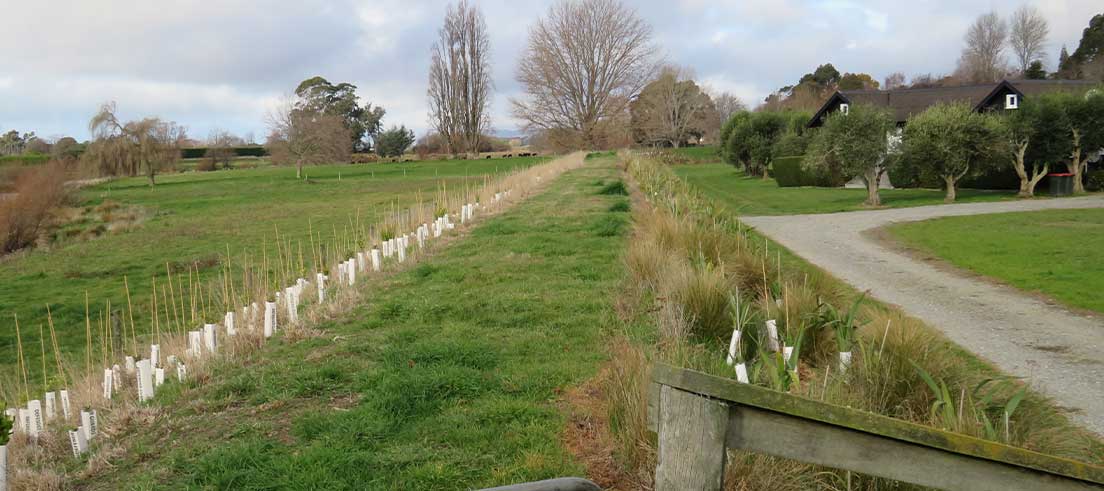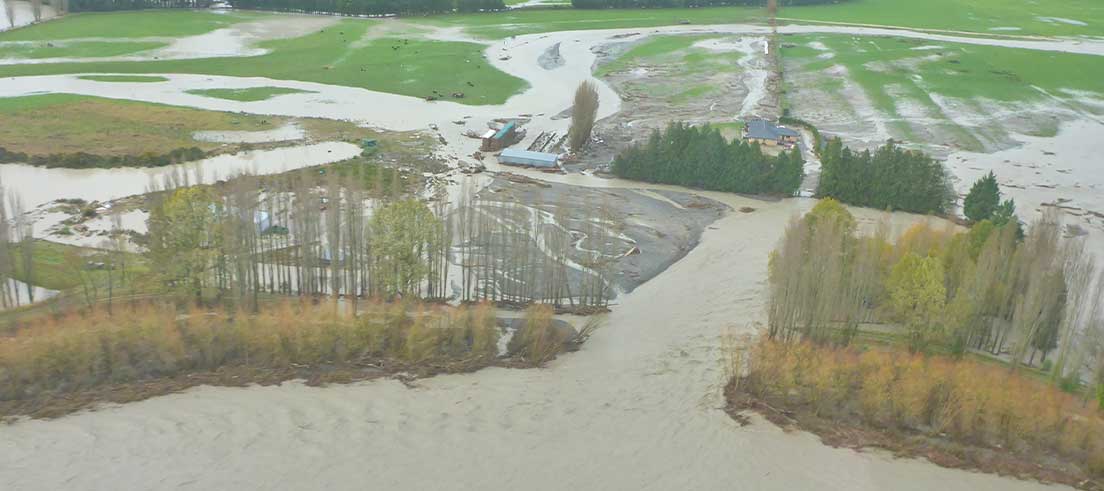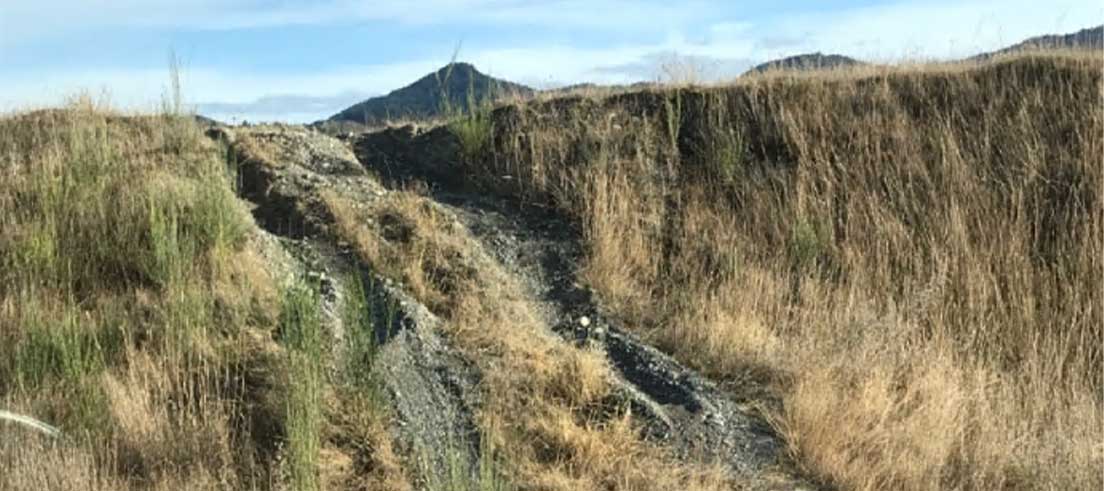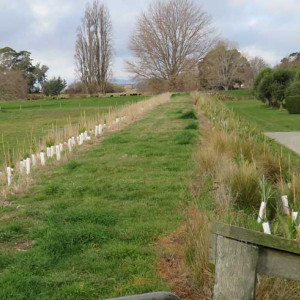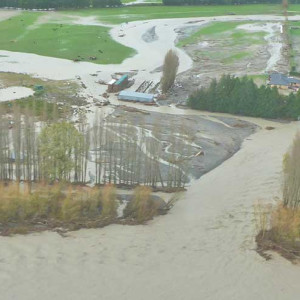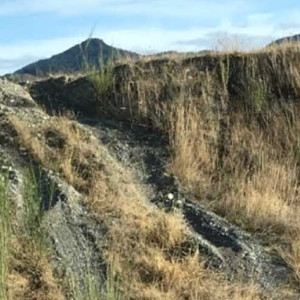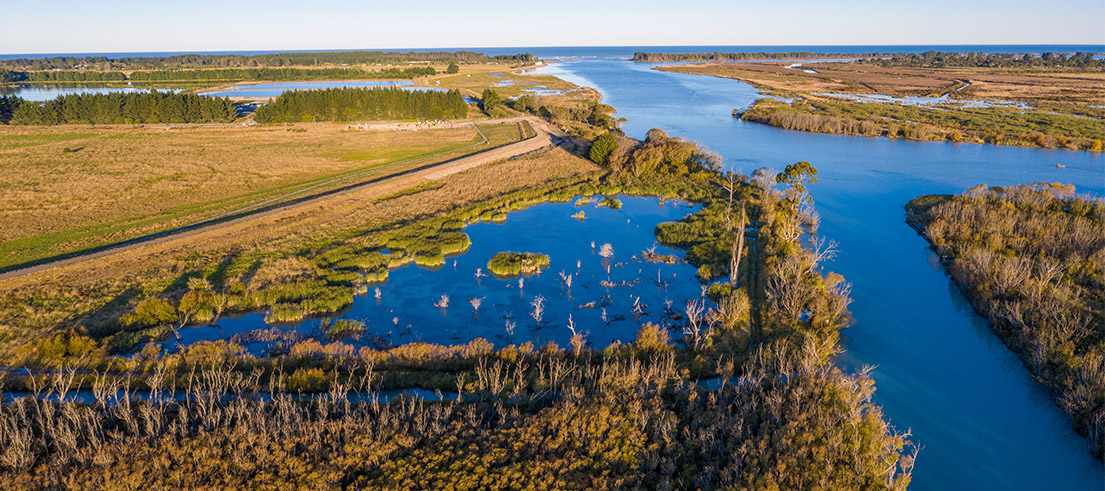
Protecting Waitaha/Canterbury’s crucial flood protection assets
Stopbanks are the last line of defence from significant floods. They have been built to protect lives, homes, land, roads and other vital infrastructure, so it is crucial they function properly when needed.
We all have a role to play in keeping these assets in top working condition so they can do their jobs during major flooding events.
Stopbanks protect against the force of nature
Flooding is the most common natural hazard facing New Zealand. With the changing climate, we are more likely to experience extreme weather events and more floods.
For towns and cities built alongside major rivers, such as the Waimakariri, stopbanks play a crucial role in flood protection. "They are engineered structures that are designed to be solid and strong," Senior River Engineer Verity Kirstein said.
Our stopbanks are typically constructed from layers of compacted gravel and fine sediments, and then covered with topsoil and grass. The grass cover is an integral part of a stopbank, providing a strong protective layer against the force of nature, Verity explained. "Bare soil would simply be chewed away without it.
"Stopbanks prevent water from going where we don't want it to go, but it means there can be a significant amount of pressure up against them, hence the need for good engineering."
Stopbanks are only as strong as their weakest link
The best engineering is only as strong as its weakest link and keeping our stopbanks in peak condition is vital. Both our Rivers team and the general public have important responsibilities when it comes to protecting stopbanks, so they can continue to operate as essential flood protection assets.
We carry out flood protection and drainage works in 58 dedicated river rating and drainage districts across Canterbury. This includes maintaining 647km of stopbanks, valued at $249 million. We typically spend $8.2 million a year maintaining these stopbanks, ensuring these assets are in good condition so they can continue to keep us safe.
Ongoing maintenance includes regular mowing, spraying and removing noxious weeds and trees, repairing localised damage from vehicles, stock, structures etc., and carrying out regular inspections to ensure their condition is maintained.
Inspection and maintenance of our stopbanks are critical because of their high level of importance when it comes to keeping communities within our region safe.
A small amount of damage can have a big impact on flood protection
Any damage to a stopbank may impact its ability to do its job in a flood. We have noticed an increase in activities causing damage to stopbanks.
The most common damage we see is from 4WD/recreational vehicles, stock grazing, excavations, construction or planting in or near stopbanks.
"Often people simply don’t realise these actions can affect the structure and its performance by allowing water to seep into the bank and this can lead to the complete failure of a stopbank."
Due to their importance and the vulnerability of the whole system to damage at just one point, people or organisations found to have damaged a stopbank are liable for fines and imprisonment. The cost of lost infrastructure, damaged property and danger to people, stock and livelihoods resulting from flooding, however, is much greater.
The Flood Protection and Drainage Bylaw has rules to protect stopbanks from damage or misuse. Some activities near stopbanks can be permitted but require a Bylaw Authority.
If you do come across any damage to our flood protection infrastructure or see anything suspicious, please contact our advisory team on 0800 324 636 or report it using the Snap Send Solve app from your mobile phone.
Examples of damage to a stopbank
Co-investment could turn the tide on flood resilience
Climate change continues to increase the risk we face when it comes to flooding, and maintaining and improving flood protection is increasingly expensive and complex.
Over the past three years, we have received one-off funding from central government to support climate change resilience in the region. While we are thankful to receive one-off funding like this, it doesn’t go far enough to support longer term conversations about things such as managed retreat or giving rivers more room to move. Many times, it only covers repair of existing infrastructure to the same level of design as it was prior to flooding, which means we’re unable to afford enhancement works or significant changes to the design.
Co-investment with central government enables us to deliver works faster and more efficiently than rates alone can afford and, as we feel the effects of climate change, our flood protection measures will be challenged. We need to prepare now for these events by looking at rivers with a holistic, systems and intergenerational viewpoint to value, protect and restore them now and into the future.
Read the call from Te Uru Kahika to central government for long-term co-investment.

